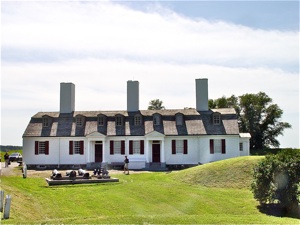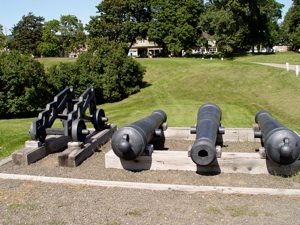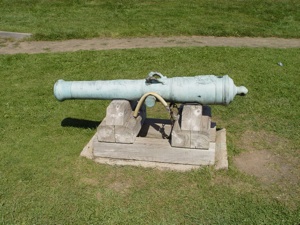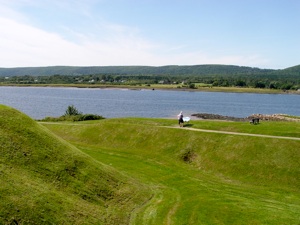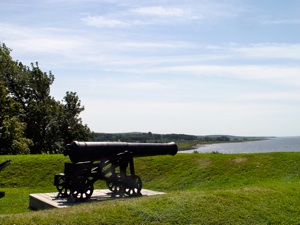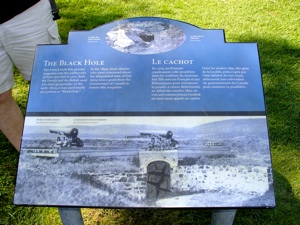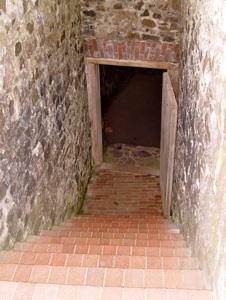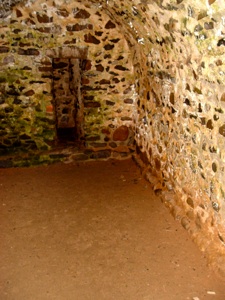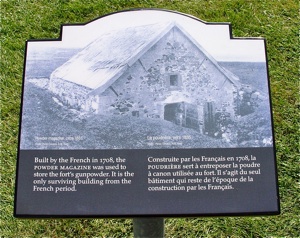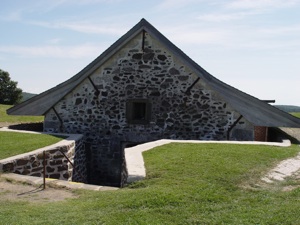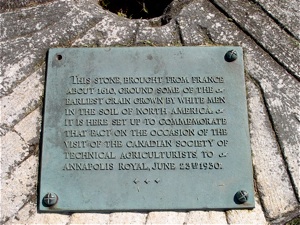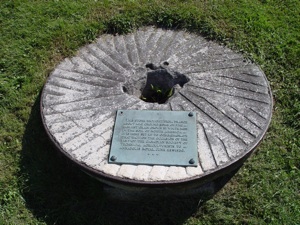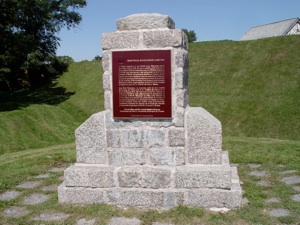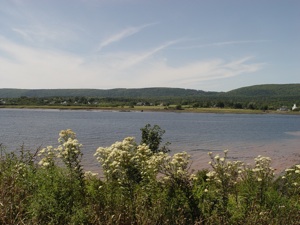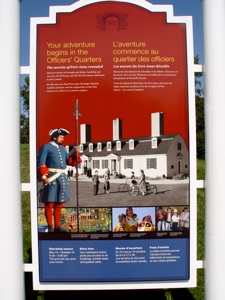Information that appears below was found on the Parks Canada website at:
www.pc.gc.ca/lhn-nhs/ns/fortanne/natcul/histor.aspx
Fort Anne National Historic Site is of national historic Significance because of the site's role in early European colonization, settlement and government in Acadie and Nova Scotia in the 17th and 18th centuries; in the struggle for empire in the 17th and 18th centuries; as the centre of changing social, political and military relations among the Mi'kmaq, the Acadians and the British living in the area throughout the 17th and 18th centuries; and as an example of Vauban-style fortifications that survive due largely to successive generations of Canadians who treasure their cultural landscapes.
As the focal point for French and British settlement and as the seat of government of Acadia and then Nova Scotia, Fort Anne National Historic Site played an important role in Canadian history. The site was the scene of numerous battles as France and England fought for control of North America in the 17th and 18th centuries. Both imperial powers considered the conquest of this fortified site as the key to domination of the part of eastern Canada known by the French as "Acadie" and by the British as "Nova Scotia." The site has been fortified since 1629 when the Scots who came to colonize "Nova Scotia" (New Scotland) built Charles Fort. After the colony reverted to France in the 1630s, French colonists replaced the Scots. Their leader, Charles de Menou d'Aulnay, built the first of four French forts, possibly incorporating parts of the Scots' fort. Two make-shift forts succeeded d'Aulnay's fort. Then, in 1702, the French began construction of the Vauban earthwork that still stands to-day.
For much of the 17th century, until 1710, Port Royal was the capital of Acadia. From the early 1680s, the ministry of the Marine maintained a governor, civil servants and a Troupes de la Marine garrison at the site. The settlers who had come with d'Aulnay settled along the shores of the river at Port Royal and began the distinctive dykeland agriculture that is still in use to-day. These settlers evolved into the Acadian people. By 1710, approximately 600 Acadians were living at Port Royal. Other Acadian settlements had been established on the upper Bay of Fundy. In 1710, during the War of the Spanish Succession, the fort fell to British and New England troops after a week-long siege. A British governor and garrison replaced their French counterparts. Three years later, the treaty of Utrecht confirmed British sovereignty over Acadia, and Annapolis Royal (formerly Port Royal) became the capital of Nova Scotia. When war resumed in the 1740s, Isle Royale and Canada (Quebec) launched three French expeditions to regain the fort, without success. Officials at the fort continued to govern the Mi'kmaq, Acadian and small British population of Nova Scotia until 1749 when Halifax was founded as the new capital.
British regiments and their families occupied the fort almost continuously until 1854. The fort commander oversaw the deportation of the Acadians from the Annapolis area in 1755. With the fall of Quebec, the role of the fort diminished in importance. In subsequent hostilities, such as the American Revolution and the War of 1812, it served as an outpost, defending the town against privateers. The fort acquired the name "Fort Anne" in the first half of the 19th century. The fort ruins evoked the long and heroic past of the site to the Victorian romantics of the late 19th century. Local residents campaigned successfully to have the site preserved and maintained for future generations. In 1917, Fort Anne became Canada's first administered national historic site.


